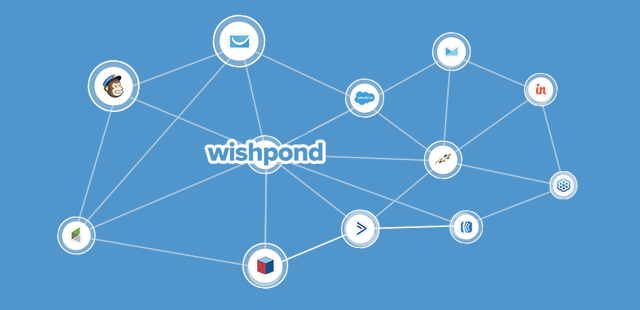Marketing automation software might just be the most promising technology for smaller businesses to use to compete with enterprise-class titans. Marketing automation lets them create, grow, and manage leads in a seamless, efficient way using existing communication tools – or it would, if these smaller companies were using it. Very few small businesses do – or at least, very few do it well. That could be changing, with Vancouver-based Wishpond’s integration of their marketing automation solution with a range of CRM platforms, making it easier than ever for companies to engage with their customers.
“The penetration of marketing automation is less than 10 percent of businesses and there’s even a far lower adoption for small businesses.”
This week, Wishpond announced its integration with Salesforce, Infusionsoft, Capsule, Contactually, Insightly and Pipedrive – some of the biggest names in customer relationship management software. This development, in conjunction with a Free Forever plan, was geared for the smaller-business marketplace, which has been a much-neglected area compared with enterprise for these solutions.
“Through these integrations businesses can launch significantly more sophisticated marketing campaigns that are based on a full view of the customer from the initial contact to the ultimate conversion,” said Wishpond CEO and Founder, Ali Tajsekandar. Marketers can use the solution to track customer activity across all of their marketing campaigns and websites and trigger outreach actions without opening up a ton of segregated apps.

We chatted with Wishpond’s team to better understand the maturity of the marketing automation sector – and how they’re fitting into the picture.
“You look at the penetration of marketing automation, which is less than 10 percent of businesses and there’s even a far lower adoption for small businesses,” said Nick Steeves, Chief Product Officer with Wishpond. The biggest names in marketing automation are spending tens of millions of dollars on sales and marketing and still seeing a slow adoption rate, he added.
That said, awareness of marketing automation has hit the mainstream. “Before using marketing automation, a lot of organizations would just use Mailchimp for batch-and-blast newsletters,” Steeves said. “Now companies know they can set up triggers on a database so marketers are starting to get smarter about how they do this. Marketing automation is allowing for more behavior-triggered emails than were ever possible.”
For smaller companies especially, the hurdles of a high learning curve and relatively high cost are still factors, at least in the owners’ minds – but the solutions are out there. “We focused on ease of use and creating the ability to move data easily between platforms. It’s about making personalization predictive and making the tools seamless” at a price they can afford, Steeves explains.


